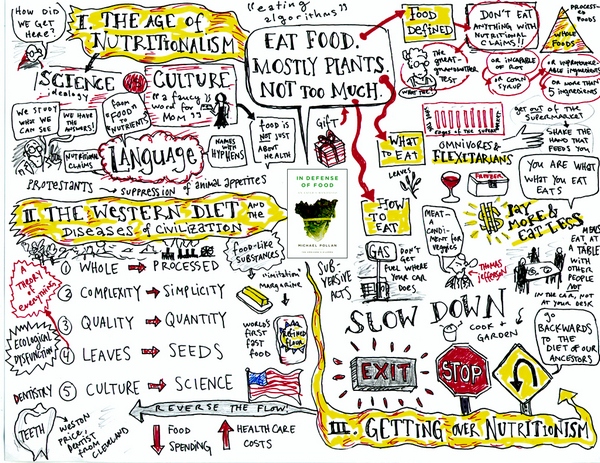
Contents
Learning Outcome Time required Tools or equipment required Summary of the activity What to do Tips how to implement the topic to school curriculumLearning Outcome
After attempting to follow their own "sustainable diet," the student will develop a more nuanced perspective on food.
Ideally, students will make informed food choices based on their understanding of seasonal, local, and environmentally friendly options.
Time required
About 4 weeks (depending on the number of lessons per week).
Previous Topics Covered: Human biology, Nutrition and health, Organic Chemistry, Agriculture.
Tools or equipment required
Diet Challenge:
- What food is beneficial or essential for my health?
- Where and when does my food grow?
- How is it grown?
- How much water is required for its cultivation?
- What environmental impact does it have?
Summary of the activity
The learning activity focuses on fostering a nuanced understanding of sustainable diets among students.
After attempting to follow their personalized sustainable diets, students are encouraged to think critically about food, considering factors such as health, locality, seasonality, and environmental impact.
The four-week program incorporates prior knowledge in human biology, organic chemistry, and agriculture. The step-by-step process involves creating a mind map, identifying and marking different aspects of food choices, researching sources that promote "green food," and ultimately designing a three-day diet emphasizing health, locality, and environmental friendliness.
The reflection phase prompts students to discuss and present project outcomes, exploring changes in their consumption habits and identifying areas for improvement in future endeavors.
What to do
First step:
Create a mind map, including everything you already know. Try to diversify categories for a more dynamic representation.
Second step:
- Identify and mark healthy food.
- Identify and mark local food.
- Identify and mark seasonal food.
- Identify and mark environmentally friendly food.

Third step:
Search for websites, apps, or influencers that suggest "green food." Document best practice examples.
Fourth step:
Students create a three-day diet comprising only healthy, local, and environmentally friendly foods.
Reflexion:
Discuss and present the project's outcomes.
- Has there been any change in students consumption?
- Yes - What did they like, and would they consider continuing?
- No - What would have been necessary, and what could they change next time?
Tips how to implement the topic to school curriculum
To seamlessly integrate this educational activity into a secondary school curriculum, consider the following tips:
-
Cross-disciplinary Collaboration: Collaborate with teachers from various subjects such as biology, chemistry, and home economics to ensure a well-rounded approach. This activity combines elements of science, health, and sustainable living, making it suitable for interdisciplinary collaboration.
-
Scheduled Class Blocks: Allocate specific class blocks for each step of the activity, ensuring that students have ample time for research, discussion, and reflection. The four-week timeline can be adjusted based on the number of lessons per week and the available class hours.
-
Incorporate Relevant Topics: Integrate the activity into existing curriculum topics, aligning it with subjects like biology, organic chemistry, or environmental science. This connection reinforces the practical application of theoretical knowledge.
-
Interactive Workshops: Enhance engagement by organizing interactive workshops where students receive guidance on creating mind maps, identifying healthy and sustainable food options, and utilizing online resources. Consider inviting guest speakers, such as nutritionists or local farmers, to provide additional insights.
-
Technology Integration: Encourage the use of technology by incorporating online research, apps, and websites to explore green food suggestions. This not only enhances digital literacy but also exposes students to valuable resources beyond the classroom.
-
Culinary Arts Component: Collaborate with the home economics or culinary arts department to incorporate practical cooking sessions. This hands-on experience allows students to apply their knowledge and create a three-day sustainable diet, emphasizing the importance of practical skills.
-
Peer Interaction: Facilitate peer interaction by incorporating group discussions, presentations, and collaborative activities. This not only enhances communication skills but also allows students to learn from each other's perspectives and experiences.
-
Assessment and Evaluation: Develop assessment criteria that align with the learning objectives, focusing on critical thinking, research skills, and the ability to create a sustainable diet. Consider a combination of individual and group assessments to cater to different learning styles.
-
Showcasing Outcomes: Organize a showcase event where students can present their three-day sustainable diets and share their reflections. This could involve inviting parents, school staff, and possibly local community members to celebrate the students' achievements.
-
Continued Reflection: Encourage ongoing reflection by incorporating follow-up discussions into subsequent classes. Discuss any long-term changes in students' consumption habits and explore opportunities for further sustainable practices within the school community.
